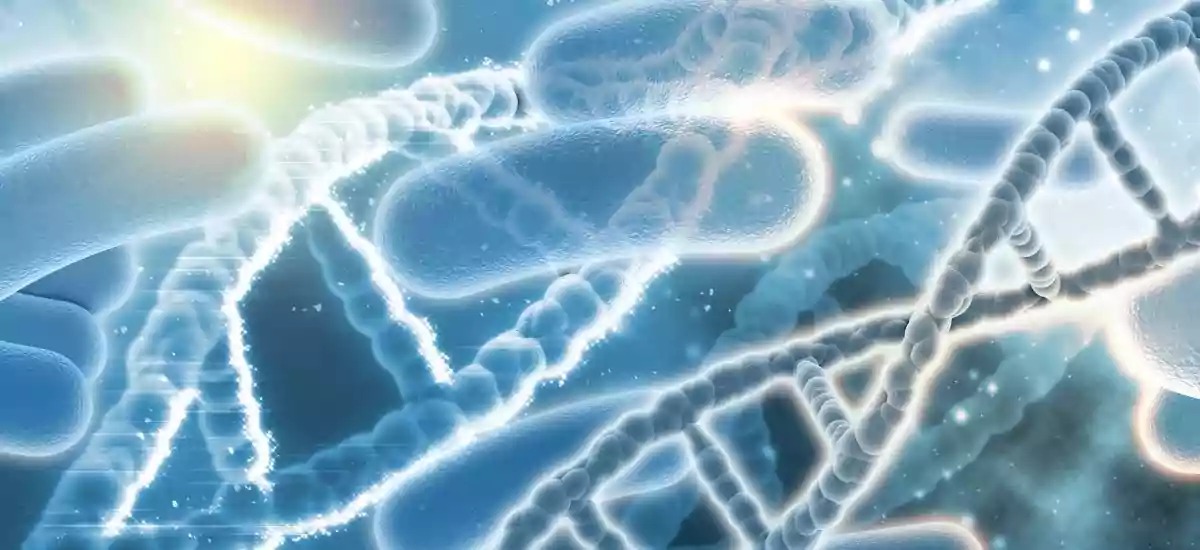
Living Well
How Are Good Bacteria Beneficial to The Body
Mar 11, 2016Did you know that out of the trillions of cells in your body, only 1 out of every 11 is your own?
That means literally 10 of those 11 cells belong to other creatures that live on and in us! Is it surprising that keeping these friendly good bacteria or ‘pro’ biotics happy can lead to great health?
Our digestive tract alone is home to over 100 trillion individual bacteria that:
- Fight invading microorganisms (boosts immunity)
- Break up fats (read weight loss!)
- Destroy cholesterol
- Alleviate food allergies
- Dissolve cancer-causing agents
- Remove blood toxins
- Produce essential vitamins
- Keep our immune system in balance
Today, studies are showing stress, prescriptions, toxins, processed food and sugar lead to a weakened good bacteria ecosystem in our gut, which in turn, leads to illness.
What bugs our good bugs?
- Toxins – In the environment, foods, air, soil, water, and man-made toxic products.
- Allergy – A reaction by the immune system to food or chemicals. If left unchecked, it may lead to autoimmune disease.
- Nutritional Deficiencies – A diet of processed-foods lacking vitamins, minerals, fiber and insufficient water intake.
- Injury – Any accident that puts the body in repair mode and chronic inflammation.
- Emotional Trauma or Stress –High stress or trauma leading to raised levels of stress hormones, that in turn leads to weight gain, adrenal burnout, insomnia, etc.
How Do You Know The Bugs Are Unhappy?
- Gas or Bloating
- Heartburn (GERD)
- Diarrhea or Constipation
- Abdominal pain or cramping
- IBS or IBD, or Crohn’s Disease
- Food intolerances such as gluten, casein, lactose, fructose
- Uterine Tract Infections
- Sinus infections
- Fibromyalgia, Chronic Fatigue Syndrome, Diabetes, Neuromuscular Disorder
- Depression or Brain Fog
- Vitamin or Mineral deficiencies
- Eczema, Acne, Rosacea, Psoriasis
- Autoimmune Diseases – Hashimoto’s, Rheumatoid Arthritis
Getting The A-team Back
Dr. David Perlmutter, Board-Certified Neurologist, Fellow of the American College of Nutrition and author of Grain Brain, suggests 5 core species to look for in a probiotic: Lactobaccilus brevis, Bifidobacterium lactis, Bifidobacterium longum, Lactobaccilus plantarum. Different species live in different parts of the gut and do different jobs for your health, so this diversity is important.
A typical dosage of Lactobacillus acidophilus has 1 billion to 10 billion live organisms, split into 3 or 4 doses. For those severely ill, a much higher dose may be needed (50 billion live organisms or more per capsule). You health practitioner can help you decide the right dose for you.





